Winches can recover your rig, your friend’s rig, move obstacles on the trail, and more. Whichever brand you buy is your choice, as well as choosing between steel or synthetic rope. Both have their use cases; lets take a closer look at both.
Steel Rope: The Time-Tested Brute
When vehicle-mounted electric winches debuted nearly 75 years ago, steel rope was the only option. Today, many winches can still be had with steel rope despite the recent popularity of synthetic rope. So why would you want steel?

Steel rope is exceptionally durable. It stands up to abrasion from rocks, logs, stumps, and dirt and is difficult to break. You can drag it through or across nearly anything and it doesn’t really care. This is why the towing industry still mostly uses steel cable.
On the flipside, steel rope is heavy, can develop sharp barbs, and isn’t all that easy to work with. It’s more challenging to pull off a winch drum and harder to respool evenly. It has a propensity to “bird’s nest,” and get turned into a tangled mess.
It also stores more potential energy when under tension. And while it’s less likely to break than synthetic rope, that additional stored energy means it can whip around if it breaks.
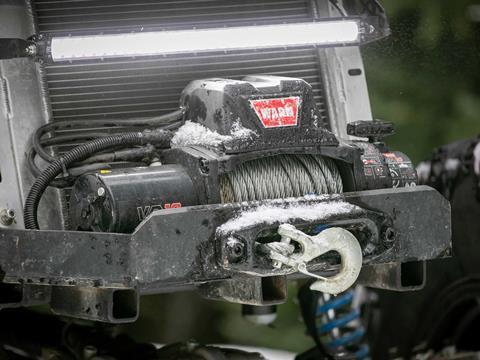
Always use a winch line damper with steel rope. It doesn’t have to be a dedicated line damper. A bag, floor mats, straps—anything that’ll impart downward force is what you’re looking for.
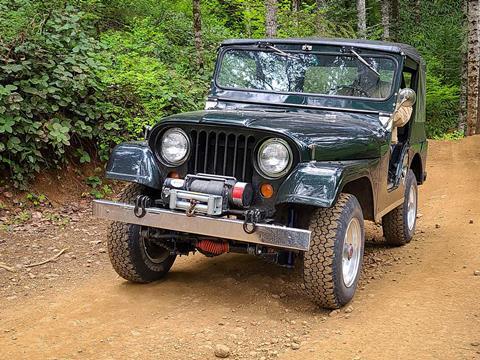
Steel cable can still be a good choice, especially if used in highly abrasive environments, or for utility applications, such as skidding logs. You must always wear sturdy gloves when handling steel cable due to “fishhooks” and barbs that can cut hands.
Steel rope has a “set it and forget it” character. It doesn’t degrade in the sun, it can get dirty without compromise, and that abrasion resistance is great. However, it’s not for everyone.
Synthetic Rope: The Lightweight Alternative
Many off-roaders and overlanders prefer synthetic rope these days. It’s lightweight, easy-to-handle, flexible, and field-repairable. It doesn’t store as much synthetic energy as steel rope, so if it fails, it falls to the ground (albeit, at some speed—be careful). Synthetic is easier to pull off the drum and to respool without the massive tangles you can get with steel, too.
In the event you break your synthetic rope, it can be spliced together. Products like the Factor 55 Fast Fid, let you repair your rope in the field.

Synthetic rope isn’t perfect, however; its biggest weakness is abrasion. Synthetic line can be damaged with relative ease if it comes makes contact with trail hazards, such as rocks, stumps, trees, and ledges. This can cause rope strands to fray and compromise the line. In some instances, it can even break.
Care must be taken when using synthetic in abrasive environments. Use an abrasion sleeve if the rope will contact sharp or rough objects. This will help protect it and extend the rope’s service life.

Synthetic rope requires some care. Synthetic rope should be cleaned regularly keep muck out so trapped grit doesn’t wear fibers from the inside out. If the rope has prolonged exposure to the sun, UV damage can happen. A winch cover can prevent this, although in extremely damp regions, covers may trap moisture affecting other winch parts.
Common Practices with Steel and Synthetic Winch Rope
There are some things you need to do with both winch line types.
Never use a damaged line. If your winch rope has frayed strands or slices, don’t use it—replace it. Regular rope inspections will help detect these (do them before hitting the trail!)
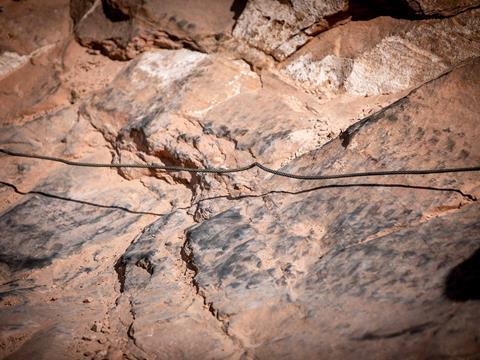
Stretch your winch’s line before using it. Most winch rope comes loosely wound around the drum from the factory. You want it to be snug around the drum and spooled evenly and neatly.
If the rope isn’t tight and arranged properly, it can get mixed up on the drum, and when tension is applied, rope layers can get pinched and damaged. At the end of a trip, respool the rope under tension if you’ve used the winch.
Always use a winch line damper when either rope type is under tension. Having weight on the line will help it drop to the ground if it breaks. And remember, if you’re doing a multi-line pull, put weight on both lines.
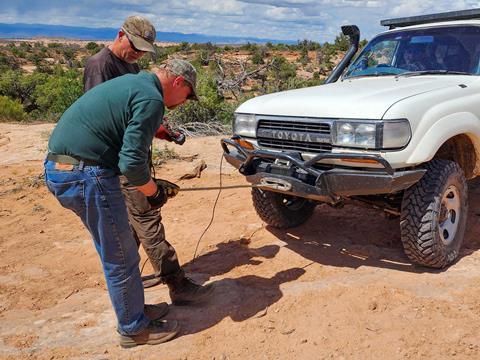
Lastly, always wear gloves when winching. It’s a must-do with steel and you should wear them with synthetic, too. Why? Synthetic rope can pick up debris such as burrs, sticks, and splinters. Plus, there’s always a chance of rope burn from the line slipping through your hands.
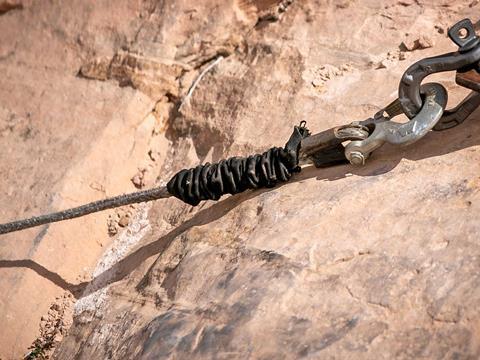
The Choice is Up to You
Steel vs synthetic winch line is a personal preference thing. Some people swear by one or the other. But you must always treat both with respect and follow best winching practices so you can get the most out of your winch and its line.
Access More Great Stories!
For more informative articles like this, consider subscribing to OVR Magazine in print or digital versions here. You can also find the print edition of OVR at your local newsstand by using our Magazine Finder.






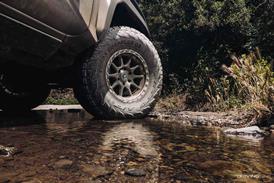





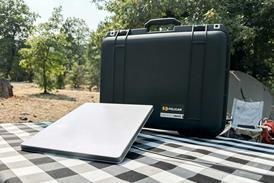

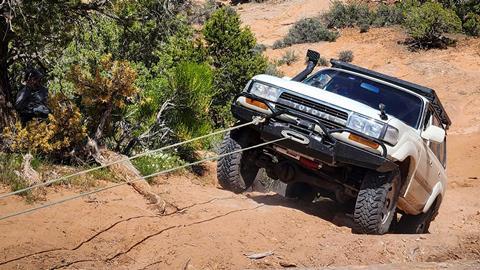






No comments yet